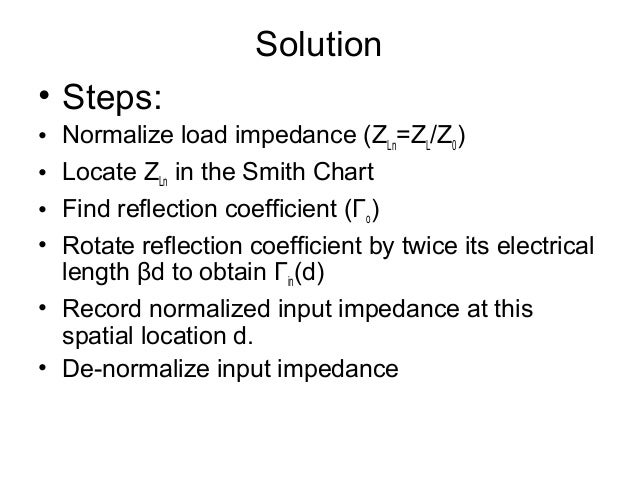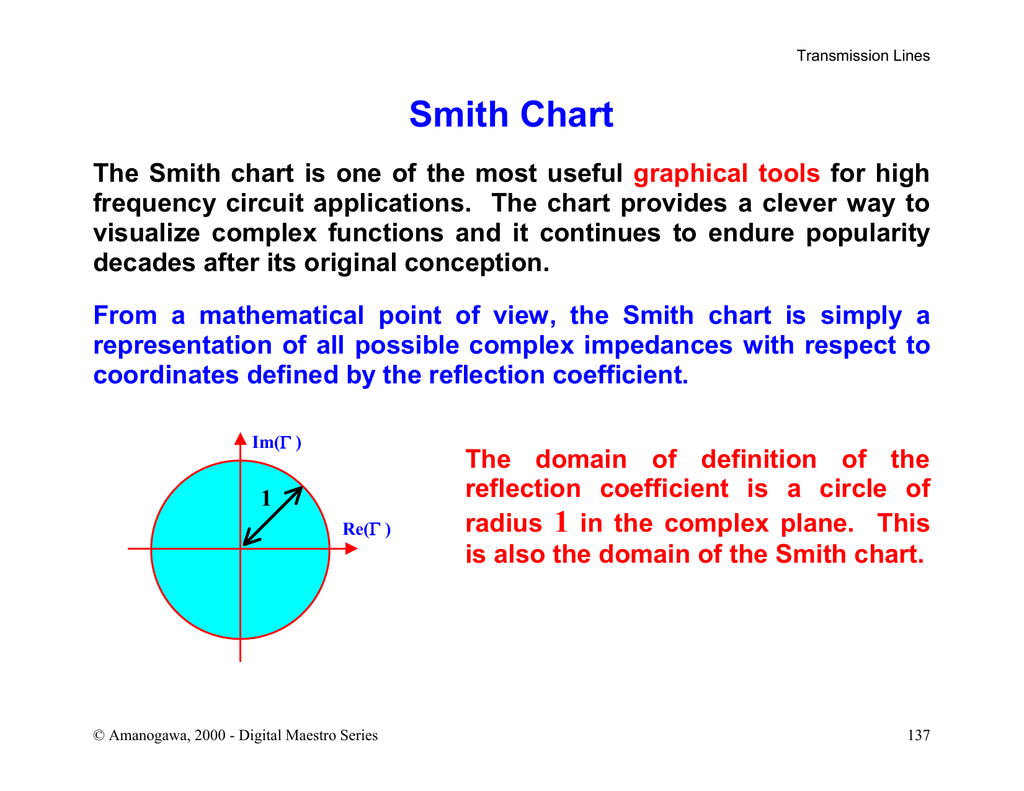

The Smith Chart is plotted on the complex reflection coefficient plane in two dimensions and is scaled in normalized impedance (the most common), normalized admittance or both. That is, Smith Chart is a very useful tool to solve most electrical problems. The majority of EM wave and waveguide either belong to the TEM domain or can be approximated by TEM wave. Smith Chart (transmission line) is based on a specific EM wave called TEM (transverse EM) wave where the dynamic electrical and magnetic fields are perpendicular to the wave propagation direction. Lumped circuit is a subset included in Smith Chart. A brief introduction of Smith Chart is on the other article. Luckily, there is a another tool originally derived from transmission line, namely Smith Chart, provides useful physical insight and enough accuracy for understanding the dipole antenna. 6: Different abstraction in electrical discipline Lumped circuit model provides a simple approximation of a dipole antenna, it is useful but only valid within limited frequency range. Solving Maxwell equations provides the accurate solution, but loses the physical intuition and not practical due to the computation complexity.

Zin smith chart full#
It seems that there is a dilemma to get a full picture of a simple dipole antenna. It is too cubersome to derive the solution of a particular problem. First, the math of solving the Maxwell equation consists of vector analysis and partial differential equation. Maxwell published his famous equations governing all electrical and electronic phenomenon (with some quantum mechanics in some cases) in 1873.


 0 kommentar(er)
0 kommentar(er)
